I recently came across a video on Instagram posted by a parent coach and she narrated one incident which stuck with me. She talked about a mom who took pride in being tough on her child at home as she felt that the world outside will not spare her child’s feelings so neither should she. And here is the perspective which the parent coach gave her – If your child is already feeling hurt and bruised emotionally at home, and you send him out to into a world where he again gets emotionally hurt by his friend, teacher, boss etc; then won’t his hurt be double? And if he feels he gets the same treatment at home as in the outside world, then will he really seek you out for support and putting a balm on his hurt feelings? No, right?
Similarly, applauding our children only when they burn the midnight oil for finishing a science project or preparing for a board exam sends them a wrong signal very early in life about what being resilient really means.
We often end up taking a militaristic “tough” approach to resilience and grit. We believe that the longer we tough it out, more resilient we are, and therefore the more successful we will be. However, this entire conception is scientifically inaccurate.
The Resilience Imbalance
Research has found that there is a direct correlation between lack of recovery and increased incidence of health and safety problems. And lack of recovery — whether by disrupting sleep with thoughts of work or having continuous cognitive arousal by watching our phones — is costing our companies $62 billion a year (that’s billion, not million) in lost productivity.
And just because work stops, it doesn’t mean we are recovering. We “stop” work sometimes at 5PM, but then we spend the night wrestling with solutions to work problems, talking about our work over dinner, and falling asleep thinking about how much work we’ll do tomorrow. Scientists cite a definition of “workaholism” as “being overly concerned about work, driven by an uncontrollable work motivation, and investing so much time and effort to work that it impairs other important life areas.”
In her excellent book, The Sleep Revolution, Arianna Huffington wrote, “We sacrifice sleep in the name of productivity, but ironically our loss of sleep, despite the extra hours we spend at work, adds up to 11 days of lost productivity per year per worker, or about $2,280.”
As Jim Loehr and Tony Schwartz the authors of the book “Power of Full Engagement “ have written, if you have too much time in the performance zone, you need more time in the recovery zone, otherwise you risk burnout. Thus, the more imbalanced we become due to overworking, the more value there is in activities that allow us to return to a state of balance. The value of a recovery period rises in proportion to the amount of work required of us.
So how do we recover and recharge to build resilience?
- Schedule Internal & External Recovery periods – Internal recovery refers to the shorter periods of relaxation that take place within the frames of the workday or the work setting in the form of short scheduled or unscheduled breaks, by shifting attention or changing to other work tasks. This could include doing quick stretch exercises, coffee with a colleague, taking power naps etc; External recovery refers to actions that take place outside of work—e.g. in the free time between the workdays, and during weekends, holidays or vacations. Activities could include pursuing a hobby, spending time with friends and family, taking a meditative retreat etc;.
- Use technology to control overworking – Download the Instant or Moment apps to see how many times you turn on your phone each day. Use apps like Offtime or Unplugged to create tech free zones by strategically scheduling automatic airplane modes.
- Create a Habitat for Happiness – Learn to build greater happiness into our homes and workplaces by carving out moments in your day to disconnect completely with technology and spend time talking, playing games, gardening or any interesting physical activity with your family. We can also use technology to raise engagement levels together in small, inexpensive ways. For example, if everyone in your household is already on social media, find a place like Instagram where you can share family gratitudes and connect them with a hashtag to track your submissions over time. Be intentional with your technology and apps, and make sure that your usage holds some sort of deeper meaning to you than a knee jerk reaction.
- Infuse Meaning Into Your Workspace – In order to feel happier, your workspace should be a place you make your own. I mean, you do inhabit it for at least 35 hours a week, if not more. Whether you are working from home, have a cubicle, a shared space or an office with walls, take the time to find little ways to connect your home life with your work life. This could be with photos or art on the walls, books or journals from home, or even a plant to lower stress and breathe easier all day long
- Create Space In Your Community – Besides making time and space for ourselves, we must also create a culture of connection. Social support is just as predictive of how long you will live as obesity, high blood pressure, and smoking. So give back to the community in any form that you can. Take up any cause which is close to your heart and drive initiatives to create a change.
The key to resilience is trying really hard, then stopping, recovering, recharging yourself and then trying again.
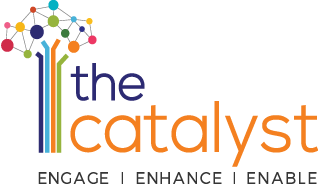
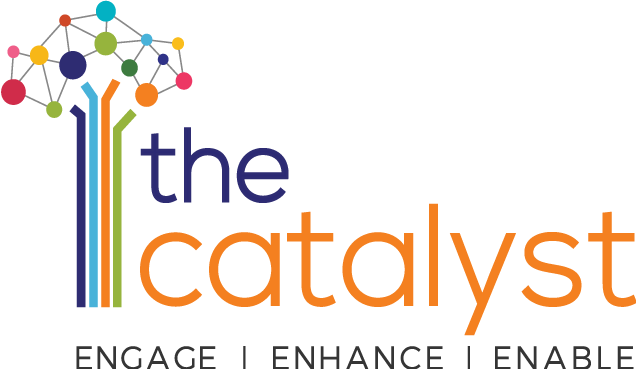

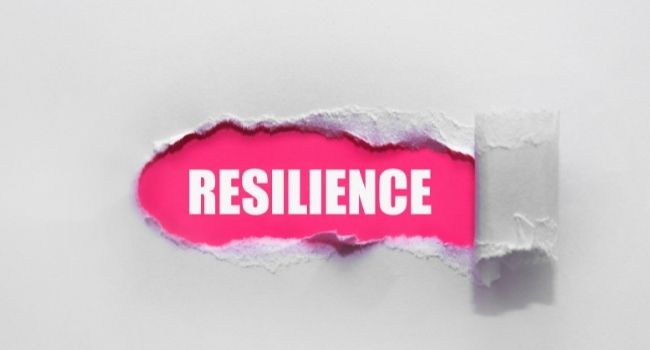

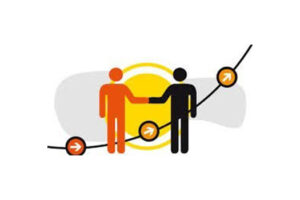
Leave a Reply
Your email is safe with us.
You must be logged in to post a comment.